
Consider the differences between dehydrated and dry skin. It can be difficult to come up with something. The effects of dryness and dehydration may look and feel the same, but they are completely different skin conditions with different needs.
As we head into winter, most of us will experience dryness at some point, whether that’s scratchy spots, a lackluster complexion, or skin that feels tight. Although the terms are often used interchangeably, there is a big difference between dry and dehydrated skin skin care routine you must follow for each. “Dry skin is a skin type that lacks oil, leaving it feeling rough, flaky and tight,” explains Dr. Shereene Idrissboard-certified dermatologist and founder of Idriss Dermatology and Dr. Idriss Skincare. So if you suddenly experience a parched, tight feeling, chances are you’re experiencing dehydration rather than dehydration.
Still confused? We tapped trusted experts to help you break down the difference between dehydrated and dry skin and discover the telltale signs of each so you can get back on track to hydrated, healthy skin.
What is the difference between dehydrated and dry skin?
Simply put, dry skin is a skin type; dehydrated skin is a skin problem. “Dry and dehydrated skin may look very similar and very similar, but they are actually two different entities with different causes,” explains Dr. Malvina Cunningham, consultant dermatologist.
Dry skin: Dry skin is a skin type, just like oily, combination, normal and sensitive skin. “Dry skin is deficient in oil, leaving it feeling rough, flaky and tight,” says Dr. Idriss. “This is usually due to genetics or environmental factors such as cold weather, and it tends to worsen when using harsh soaps or hot showers.”
The aging process also has an impact. “As we age, our skin becomes increasingly drier, especially in middle age when oil production decreases, making the skin more sensitive and prone to fine lines,” explains Dr. Cunningham.
Dehydrated skin: This is a temporary condition characterized by a lack of water in the top layer of the skin, rather than a lack of oil. Crucially, dehydrated skin can affect any skin type. As Dr. Cunningham says, “A person may have dry skin or even oily skin that is dehydrated, which also causes it to look and feel dull, dry, rough and tight.”
Dr. Cunningham calls the causes ‘inappropriate’ skin care products that are too stripping (for example, harsh cleansers or excessive use of acids and exfoliators), environmental factors such as sun exposure, hot showers and baths, central heating and not drinking enough water.
What does dry or dehydrated skin look like?
Dry skin: There are overlapping external symptoms, such as roughness and loss of elasticity, but according to Dr. Idriss: “Dry skin looks flaky and rough with visible dry patches, often resulting in a dull complexion.”
Dehydrated skin: “In contrast,” she explains, “dehydrated skin looks dull and tired, with fine lines, especially around the eyes and mouth, but can also look greasy as the skin compensates for the moisture loss.” Many people confuse dehydrated skin with premature aging, while fine lines can just be a sign of dehydration.
What does dry or dehydrated skin feel like?
Dry skin: “Dry skin and dehydrated skin have several characteristics in common, including a feeling of tightness,” explains Dr. Idriss. However, dry skin tends to feel more sensitive to the touch and is more susceptible to dry skin conditions such as eczema and dermatitis. It may itch, especially after cleansing.
Dehydrated skin: Healthy, hydrated skin contains approximately 30% water. When this level drops, the skin becomes dehydrated. The water loss can disrupt the barrier function, causing the skin to feel tight and itchy. You may notice that these outward symptoms come and go depending on the time of year and lifestyle changes.
How can I treat dry skin?
“For dry skin, skin care should focus on avoiding stripping oil from the skin and using slightly richer skin care with a higher oil content,” advises Dr. Cunningham. “Choose moisturizers that contain emollients such as shea butter, squalene, lipids and ceramides. Humectants are also very helpful, such as ectoine, hyaluronic acid and urea.”
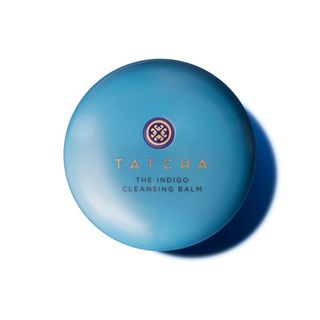 Friendly cleaner
Friendly cleaner
Tatcha De Indigo Cleansing Balm
Recommended retail price: £40
“Avoid foaming cleansers and use cream or balm cleansers instead,” advises Dr. Cunningham. This comforting cleansing balm glides over skin and removes makeup with ease. Formulated with Japanese indigo extract to soothe irritation, and a blend of superfoods, this balm conditions skin and maintains barrier integrity.
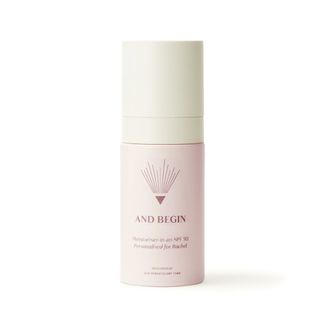 2-in-1 formula
2-in-1 formula
And start with Moisturizer-in-an-SPF 50
Recommended retail price: €29.99 per month
And Begin has achieved something we all want: effective formulas that save time and money. This one-step formula combines your day cream with your SPF (SPF 50 PA++++ no less), supported by age management active ingredients that boost collagen and elastin. Ectoin, aloe vera and vitamin E are soothing additives for dry skin.
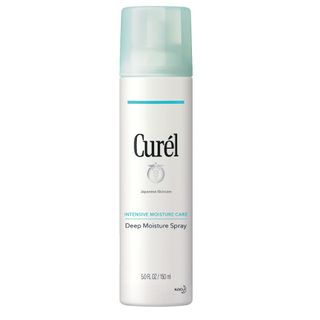 Sprayed moisture
Sprayed moisture
Curél Deep Moisture Spray
Recommended retail price: £29
“For an extra boost of hydration,” suggests Dr. Idriss, “a refreshing mist can be helpful – don’t forget to lock in that moisture with a luxurious, rich moisturizer on top.” This fine spritz provides instant refreshment, enriched with ceramides to strengthen the skin. the skin barrier.
How can I treat dehydrated skin?
Make sure you drink enough water and wash with lukewarm water. Hot water cleans the skin. Reducing your caffeine and alcohol intake will prevent your skin from drying out. “Having a humidifier is also super useful for adding moisture and combating dehydration, especially in dry or cold environments,” says Dr. Idriss.
As for skin care: “Look for products that are kind to the skin skin barrier,” suggests Dr. Cunningham. “Use moisturizers and serums, which contain barrier-friendly ingredients that also draw moisture into the skin, such as glycerin, ceramides, niacinamide, hyaluronic acid, aloe vera and urea.”
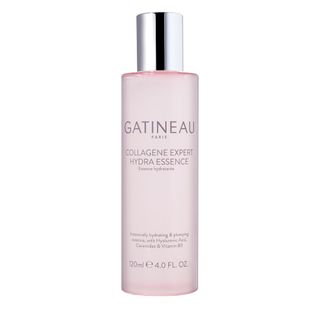 Plumps fine lines
Plumps fine lines
Gatineau Collagene Expert Hydra Essence
Recommended retail price: £46
Essences add an extra dose of hydration to your skin skin care routine. Pat into dry skin after cleansing, before serum. You’ll love how plumper and peachy your skin looks, thanks to collagen-boosting peptides, barrier-boosting ceramides, niacinamide and hyaluronic acid. Clinically proven to provide up to 24 hours of hydration.
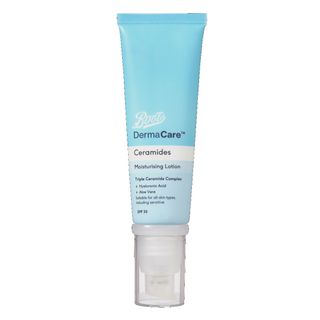 Perfect for oily skin
Perfect for oily skin
Boots DermaCare Ceramides moisturizing lotion SPF30
Recommended retail price: £8
This light lotion does not feel greasy, ideal if you have oily or combination skin that craves hydration. It has everything you need for a wave of hydration – barrier-friendly ceramides, hyaluronic acid and aloe vera – with the added benefit of SPF30.
 Instant and long-lasting hydration
Instant and long-lasting hydration
Murad restorative hydro-hyaluron cream
Recommended retail price: £65
Hyaluronic acid is a total savior for dehydrated skin. This formula combines several hyaluronic acid weights that penetrate deep into the skin, providing both long-term benefits and immediate relief from dryness. One application promises 24 hours of intense hydration, with coconut extract to protect against future water loss.
Can I test whether I have dehydrated or dry skin?
“The ‘pinch test’ is often used as a method to determine if your skin is dehydrated, but I don’t think this is accurate,” warns Dr. Cunningham. “It involves squeezing the back of your hand and if it doesn’t spring back within three seconds, it’s a sign of dehydration.” Instead of using this unreliable method, Dr. Cunningham advocates using machines in the clinic. “They can measure the water content in the skin more accurately. A dermatologist will be able to make a diagnosis by taking a careful history and examination.”
The best test at home is how your skin feels. “If your skin feels tight and free of oil after cleansing, you probably have dry skin,” explains Dr. Idriss. “On the other hand, if your skin looks dull and still feels tight after applying hydrating serums and moisturizers, you’re probably dehydrated.”